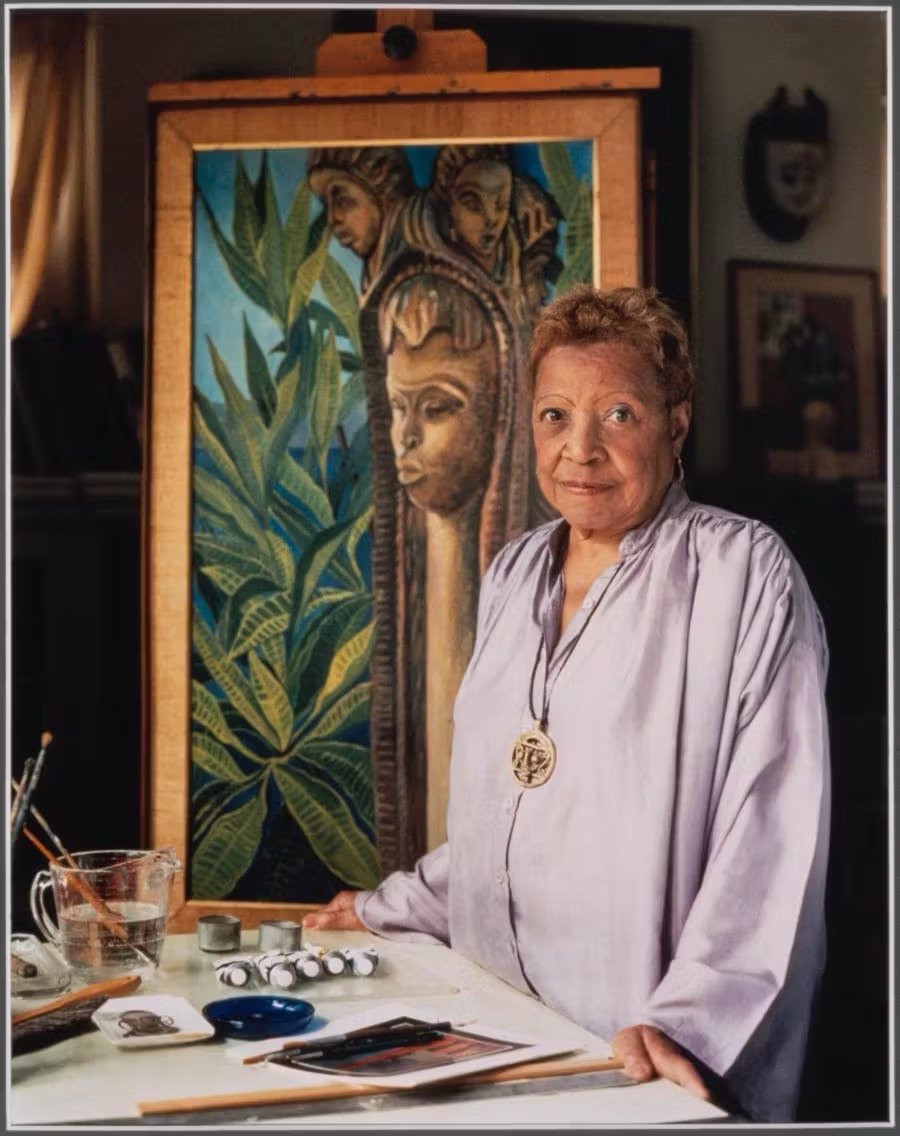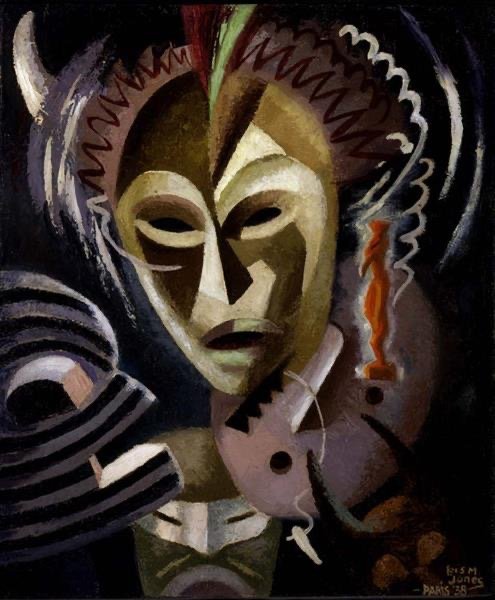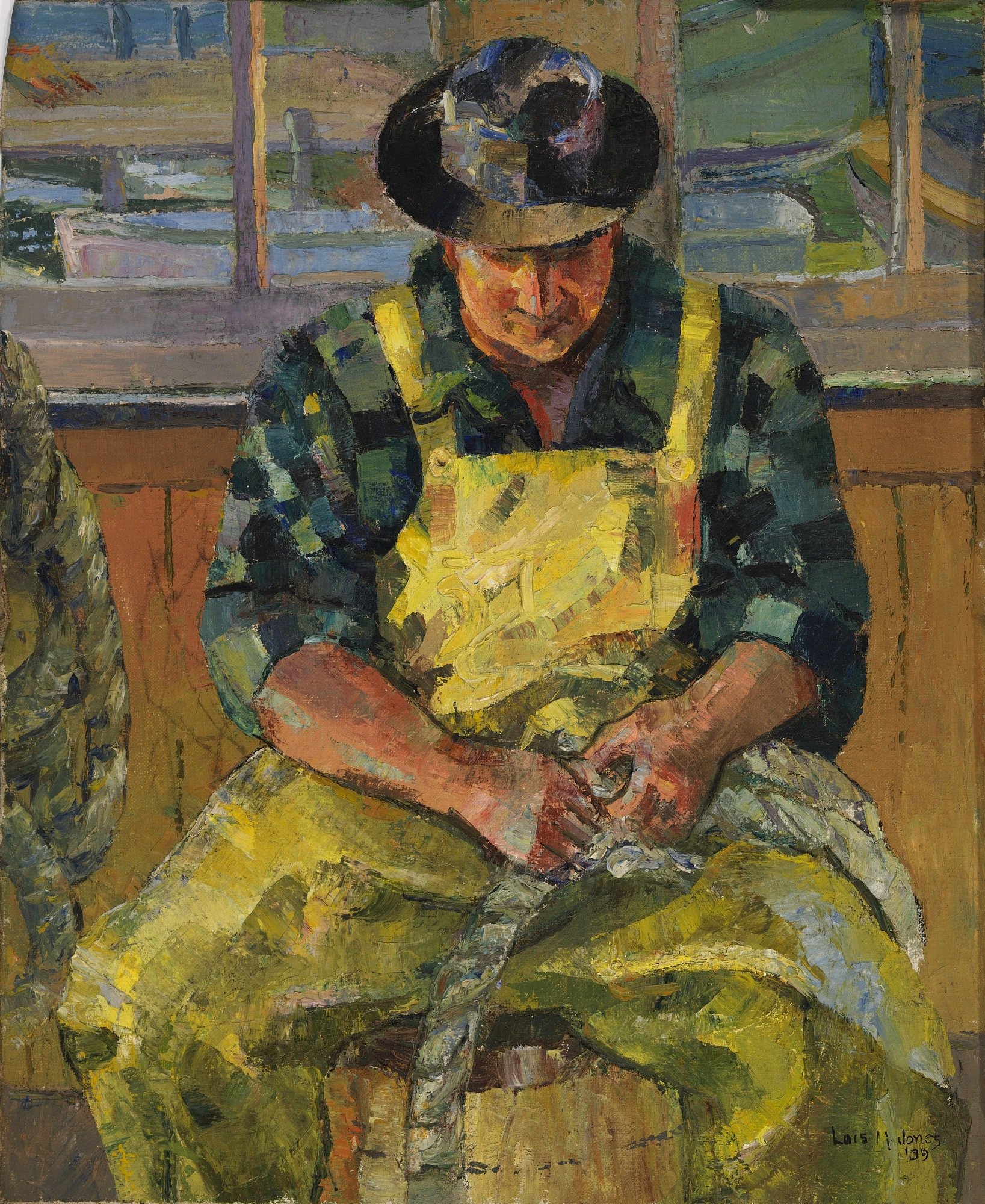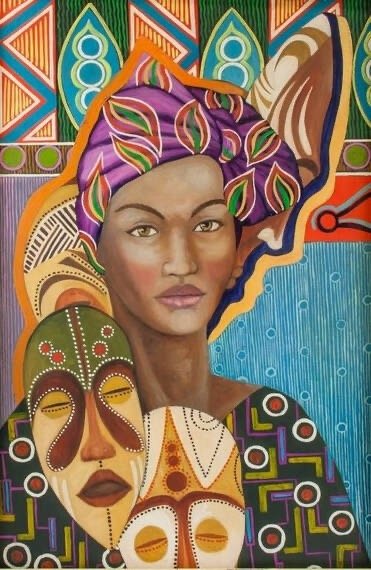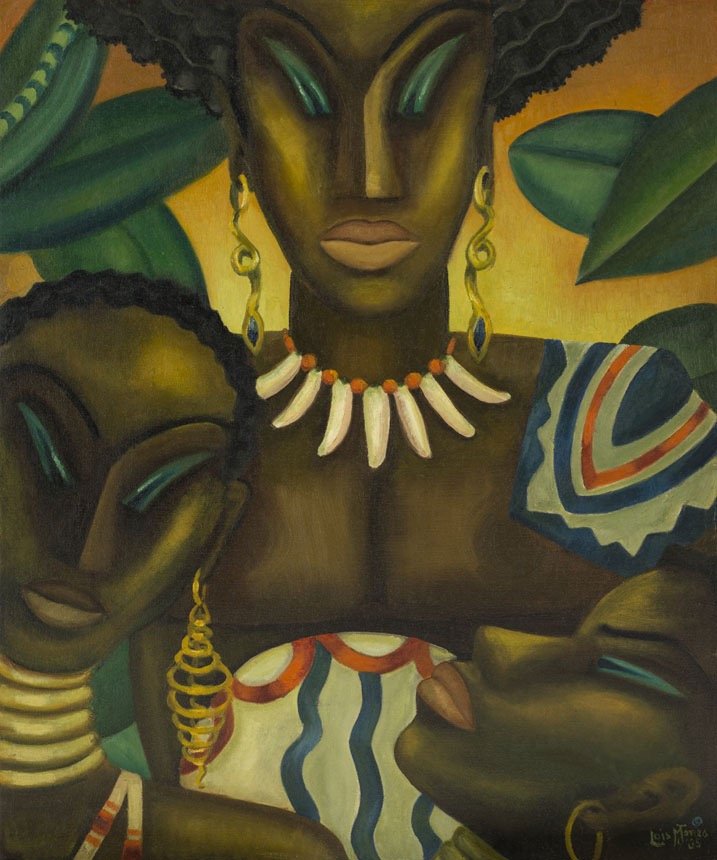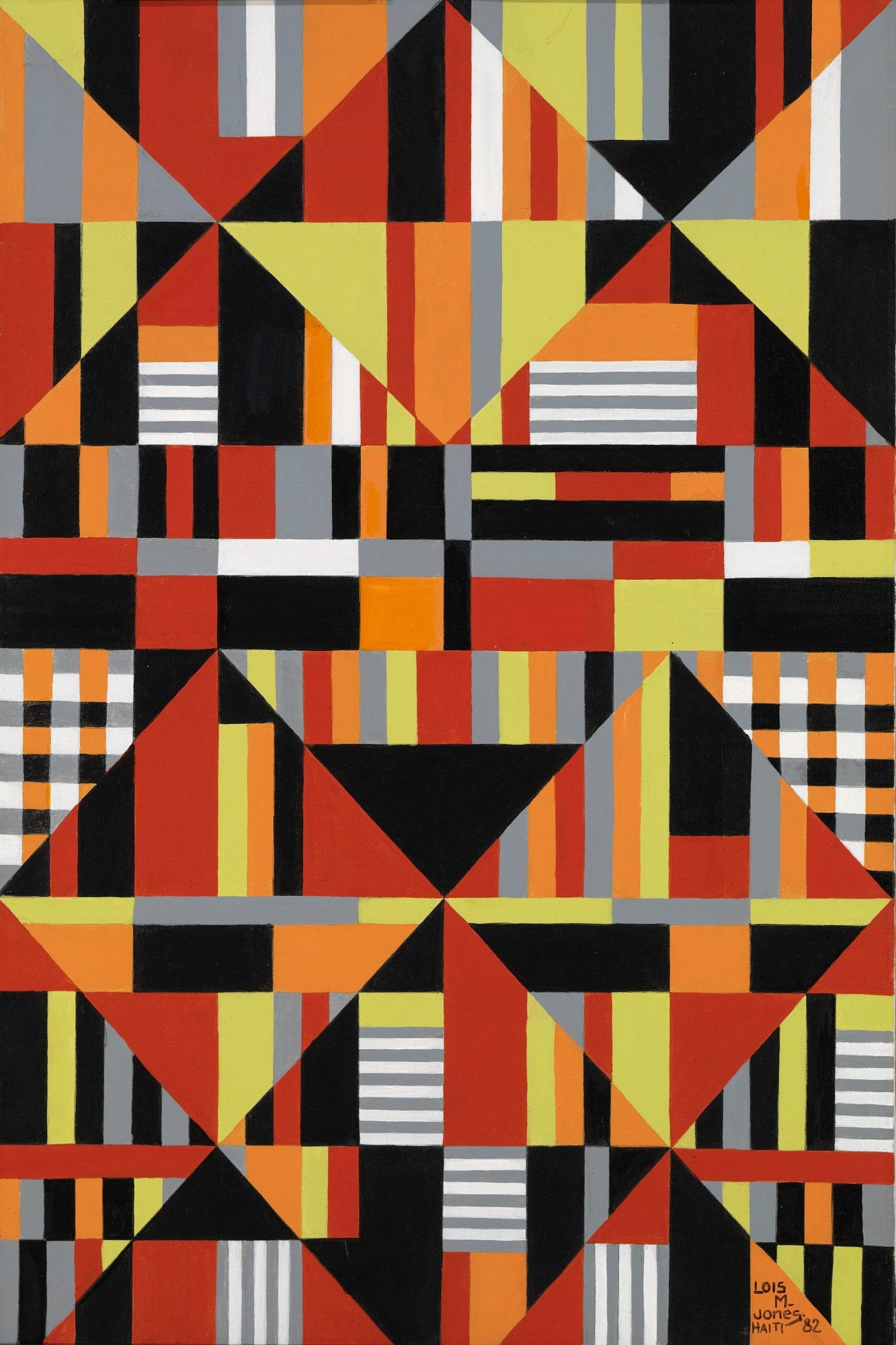Artist to Know: Lois Mailou Jones - A Career of Influence
Lois Mailou Jones (1908-1998) is an artist and educator with an amazingly long career and an equally diverse trajectory of styles and subjects. Jones’ art career spans over 60 years where she developed a style that paid homage to African patterns, colors and themes. Her work was her way of giving "proof of the talent of black artists."
Artist Loïs Mailou Jones
Jones was born in Boston and her father was a building superintendent who later became a lawyer and the first African American law graduate from Suffolk Law School and her mother was a cosmetologist. Jones’ family bought a home on Martha’s Vineyard where Jones exhibited her work as early as 17 years old and met artists such as Meta Warrick Fuller and novelist Dorothy West.
Between 1919-1923, Jones attended High School of Practical Arts in Boston and took courses at night at the Boston Museum of Fine Arts via a scholarship. After graduating from the School of of Fine Arts in 1927, she received her graduate degree in design from the Design Art School of Boston. In addition, Jones graduated in 1945 from Howard University with a BA in Arts Education magna cum laude.
Textile Design for Cretonne (1928); Les Fétiches (1935) owned by the Smithsonian American Art Museum; Seated Man in Yellow Overalls (1939) oil on canvas, 77 x 62 cm; Jenny (1943).
Jones worked in fashion design and textile design early in her career. It was during this period that she took coursework on mask making and began adding masks in her artwork which remained a theme through out her career. While at Howard University Jones decided to switch from focusing on design to painting.
In 1937, Jones attended Académie Julian in France with the support of a scholarship. She took numerous courses while there learning new techniques and felt embraced by the French in a way that she did not feel in the US.
In 1941, Jones, faced with the ungoing racism against African American artists in the US art world, submitted her work to the Cochran’s Gallery annual competition but because they did not allow black artists to submit their own work she had to have her white friend, artist Céline Marie Tabary, who she met while studying at Académie Julian, submit her work into the competition. The piece subsequently won the Robert Woods Bliss Award but Jones could not pick up the award herself and instead had to have Tabary mail the award to her.
Tabary and Jones taught art courses together and ended up founding the Little Paris Studio in 1945 which attracted artists like Alma Thomas.
Arreau, Hautes-Pyreness (1949) oil on canvas, 19 1/2 x 23 5/8 in.; The Lovers (Somali Friends) (1950); Harlem Renaissance (1953) oil; Bai de Théoule (Bay of Théoule) (1965) oil on linen canvas 20 x 39 1/2 inches.
Jones continued to travel during the late 1940s and 1950s during her summers back to France to paint with Tabary and painted Arreau, Hautes-Pyreness (1949) during one of those trips. Over the next 10 years, Jones exhibited at Phillips Collection, Seattle Art Museum, National Academy of Design, the Barnett-Aden Gallery, Pennsylvania's Lincoln University, Howard University, galleries in New York, and the Corcoran Gallery of Art.
In 1954, Jones became a guest professor at Centre D'Art and Foyer des Artes Plastiques in Port-au-Prince, Haiti and continued to travel to Haiti for numerous exhibits.
Jones produced many pieces between the 1960s and 1990s focusing on themes that reflected the themes faced by African Americans and blacks throughout the global diaspora. She traveled to Africa and absorbed the influences of African inconography that permeated her work.
Damballah (1980) acrylic on canvas, 29 1/2 x 35 1/2 inches (74.9 x 90.2 cm); Ode to Kinshasa (1972) Mixed media on canvas; Suriname (1982) Smithsonian American Art Museum; Glyphs (1985) acrylic on canvas on display at the Museum of Fine Arts, Boston. (Photo: MFA).
Jones’ body of work is incredibly large. She created work ceaselessly throughout her life and was incredibly influential for artists how were her peers like students like Martha Jackson Jarvis and Georgia Mills Jessup.

